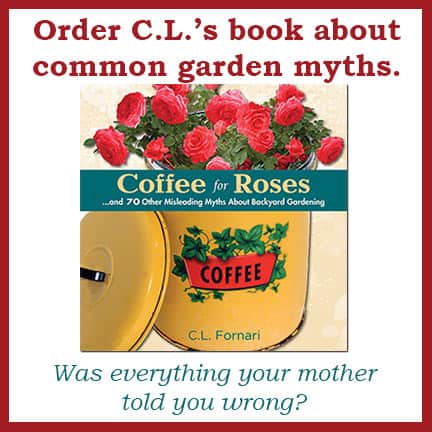Name: Salix integra ‘Hakuro-nishiki’ aka dappled willow
Type of Plant: This willow can be purchased in shrub or grafted tree form, and my favorite is the small trees. Hardy in zones 4-9, and growing best in sun to part-sun.
Why I love this: Since they are grafted onto another willow trunk, the plants don’t grow too tall. The variegated foliage has tinges of pink in the spring and the leaves are white and green the rest of the season. I’ve had people ask, “How long is this tree in bloom?” since they mistake the white leaves for flowers. This is a plant that brightens up landscapes.
A Word to the Wise: Willows tend to be thirsty plants, so water the shrub or tree form deeply once a week. Don’t hesitate to prune these plants hard in the spring since the new growth is also the most colorful. How to prune? Cut the thickest, oldest stems back into the center of the tree or base of the shrub. If you do this with a third of the total growth in the spring, and follow that with clipping off crossed branches, those that head in toward the center of the plant instead of out away from the center, and finally cutting off any odd looking or out-of-proportion growth. Then you’re done!

This is the plant that I’ve had for many years, first in a large box on a deck, and then, once we moved to Poison Ivy Acres it went into the ground where it’s now lived for the past 8 years. You can see why people think that this small tree is in bloom.

Many people use this plant as an upright, tall element in containers. This grouping was at the Berkshire Botanical Gardens one June when I was visiting. If you want to leave this Salix in a container outside over the winter, be sure that you’re in a warm zone 6 or above and that your containers are HUGE and are made of wood, plastic or metal, not ceramic or cement. The smaller the pot, the more likely it is that the roots will be freeze-damaged.



